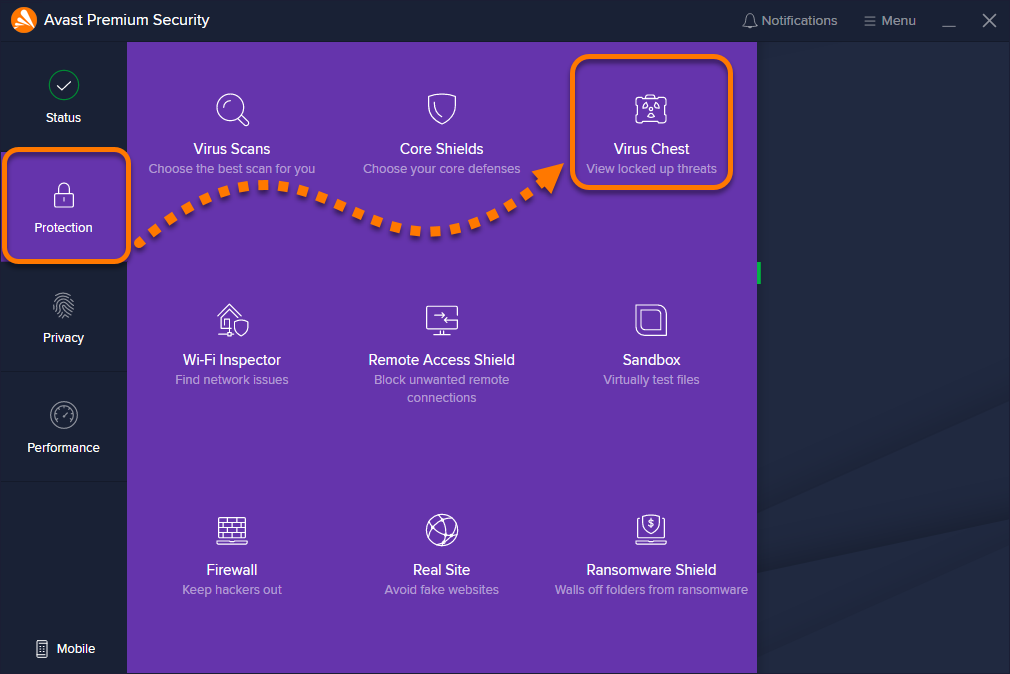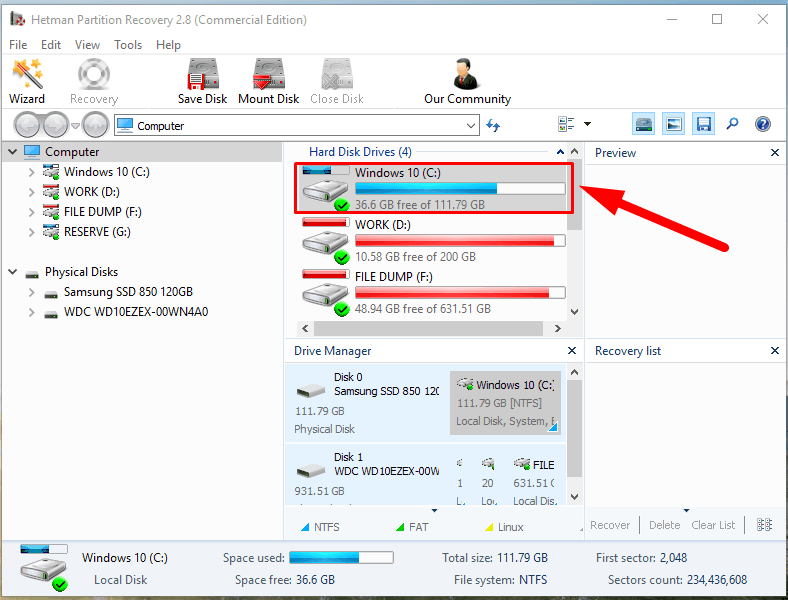

This malware is designed to show a fake Windows Update window and modify the Windows "hosts" file to prevent users from accessing cyber security websites ( more information below). Cyber criminals demand payment of a ransom (usually in bitcoins) to unlock your files. A ransom demand message is displayed on your desktop. Threat Summary: NameĪvast (Win32:MalwareX-gen ), Combo Cleaner (Gen:Variant.Fragtor.37347), ESET-NOD32 (A Variant Of Win32/Kryptik.HNDU), Kaspersky (HEUR:), Microsoft (Trojan:Script/Phonzy.C!ml), Full List Of Detections ( VirusTotal)Ĭannot open files stored on your computer, previously functional files now have a different extension (for example, my.docx.locked).

Moreover, it is very common that these tools contain malware (for example, ransomware). It is not legal to use such tools to avoid paying for licensed software. Software cracking tools are supposed to allow their users to bypass software activation. Although, they inject malware instead of updates/fixes or infect systems by exploiting vulnerabilities of outdated software. Fake updaters can be designed to look like official installers for software updates, fixes.

Emails used to proliferate ransomware (or other malware) malware contain malicious attachments or website links. In most cases, ransomware is distributed via emails, fake software updaters, Trojans, untrustworthy sources for downloading files/programs, and installers for cracked software/cracking tools. In most cases, the only key differences between ransomware attacks are cryptographic algorithms used to encrypt files and the prices of data decryption tools.

More ransomware examples are Palq, 38dpz, and Robin. Ransomware blocks access to files and generates a ransom note (for example, a text file, pop-up window). It is also recommended to remove ransomware before it encrypts more files or infects computers connected to a local network. Paying it does not guarantee that threat actors will help to decrypt files. Victims can restore files for free only if they have a data backup or a third-party decryption tool. Most ransomware variants encrypt files using strong algorithms to ensure that victims would not access files without the right decryption tool. It also informs victims that the price of a decryption tool and unique key depends on whether they will contact the attackers within or after 72 hours from the attack. The "_readme.txt" file instructs victims to contact cybercriminals using or email address. Screenshot of a message encouraging users to pay a ransom to decrypt their compromised data: Cool is part of the Djvu ransomware family. cool" extension to filenames (for example, it renames " 1.jpg" to " 1.jpg.cool", " 2.jpg" to "2.jpg.cool") and creates the " _readme.txt" file - a ransom note. Cool is ransomware that prevents victims from accessing files by encrypting them.


 0 kommentar(er)
0 kommentar(er)
